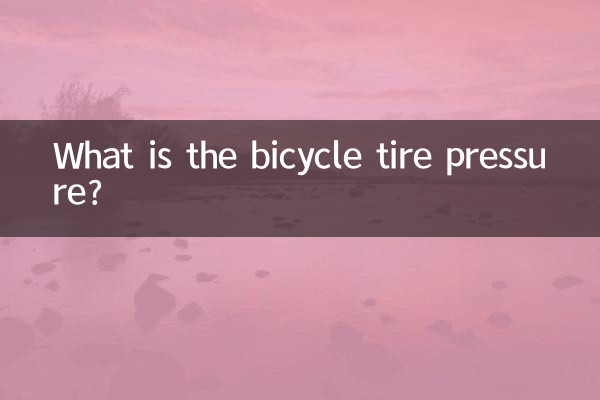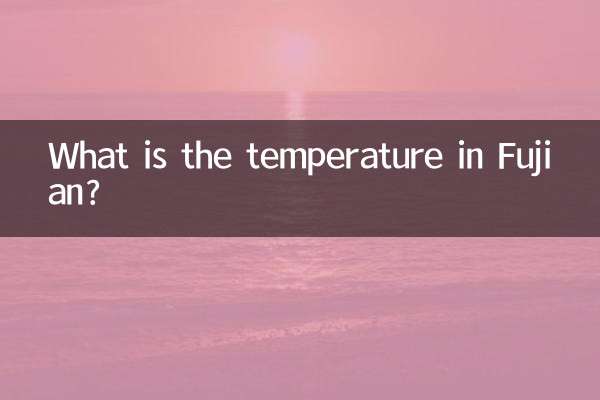What's the tire pressure on a bicycle? Analysis and practical guide of hot topics across the Internet
Recently, bicycle tire pressure has become a hot topic among cycling enthusiasts. Whether you are a commuter or a professional rider, the setting of tire pressure is directly related to the riding experience, safety and tire life. This article combines the popular discussions on the Internet in the past 10 days to organize structured data and answer questions for you.“What is the most appropriate tire pressure for a bicycle?”this core issue.
1. Recommended tire pressure range for different models

Tire pressure requirements vary significantly depending on bike type, tire width and riding scenario. The following is a tire pressure reference table for mainstream models:
| bike type | Tire width (mm) | Recommended tire pressure (PSI) | Applicable scenarios |
|---|---|---|---|
| road bike | 23-28 | 80-130 | Racing, long distance cycling |
| mountain bike | 1.8-2.5 (inches) | 30-50 | Off-road, complex terrain |
| city commuter car | 28-42 | 50-70 | Daily road riding |
| gravel bike | 35-50 | 40-60 | mixed road surface |
2. Dangers of too high or too low tire pressure
In discussions across the Internet, cyclists frequently mentioned the negative effects of improper tire pressure:
| Question type | Specific performance | Potential risks |
|---|---|---|
| Tire pressure is too high | Tires are too hard and have poor shock absorption | Increased risk of tire blowouts and decreased grip |
| Tire pressure is too low | Tire deformation is obvious and rolling resistance is large | Snake bites can cause tire damage and increase energy consumption |
3. How to set tire pressure scientifically?
Based on popular opinions, it is recommended to follow the following steps:
1.View tire markings: The tire sidewall is usually marked with the manufacturer's recommended tire pressure range.
2.Consider weight factors: People who are heavier need to increase the tire pressure appropriately (for every 10kg increase, approximately 5-10 PSI will be added).
3.Regular inspection: Tire pressure will naturally lose, so it is recommended to check it 1-2 times a week.
4.Use a digital tire pressure gauge: Mechanical watches may have errors, and digital measurements are more accurate.
4. Controversial hot spots: the relationship between tire pressure and seasons
Recently, there has been intense discussion on social platforms about "whether tire pressure needs to be lowered in winter." Some riders believe that low temperatures will cause tire pressure to drop and need to be increased in advance; others believe that the standard value can be maintained. Actually need to pay attention to:
- For every 10°C drop in temperature, tire pressure decreases by approximately 2 PSI;
- It is recommended to replenish your air to the upper limit of the recommended value before riding in winter.
5. Summary
Bicycle tire pressure is not a fixed value and needs to be dynamically adjusted based on the vehicle model, weight, and road conditions. Only by mastering scientific methods can you balance speed, comfort and safety. If you are still in doubt, you may want to refer to a tire pressure calculator (such asSRAM official website tools), or join a local cycling community to exchange experiences!

check the details

check the details